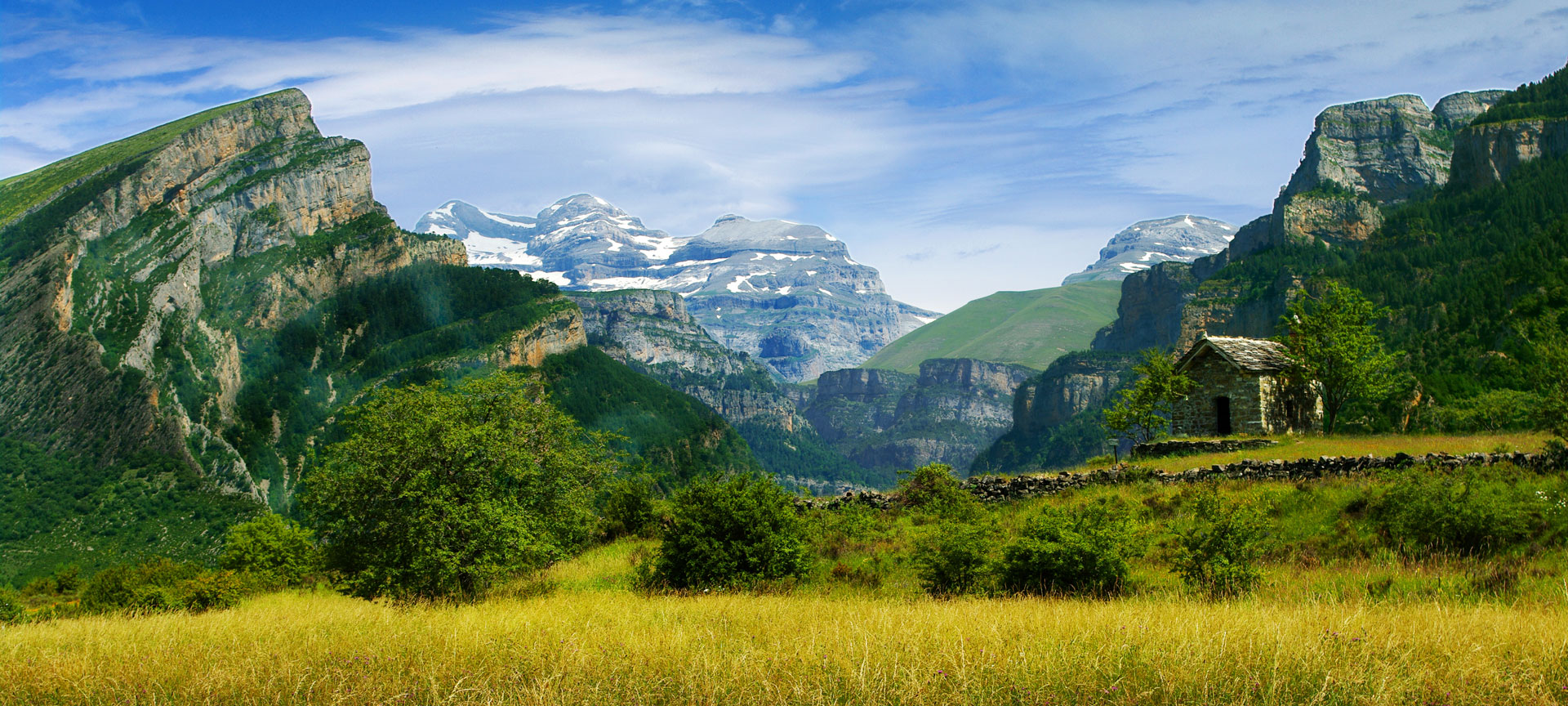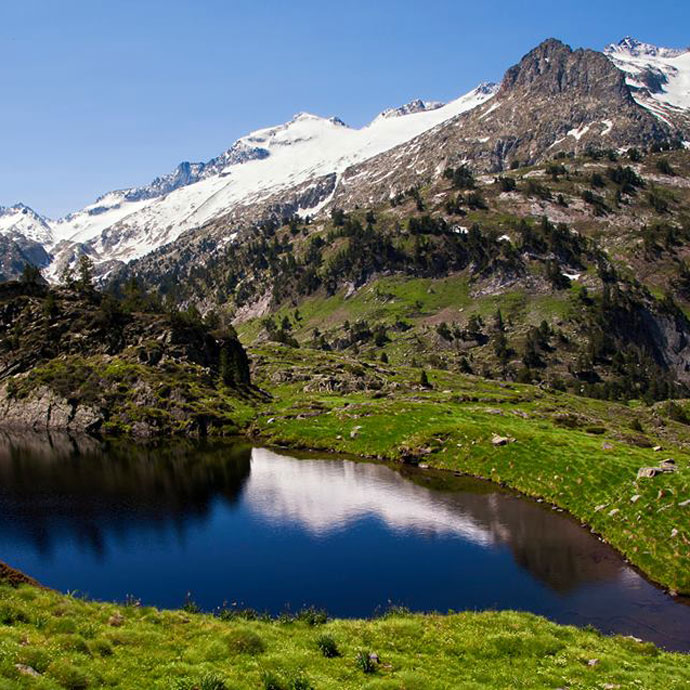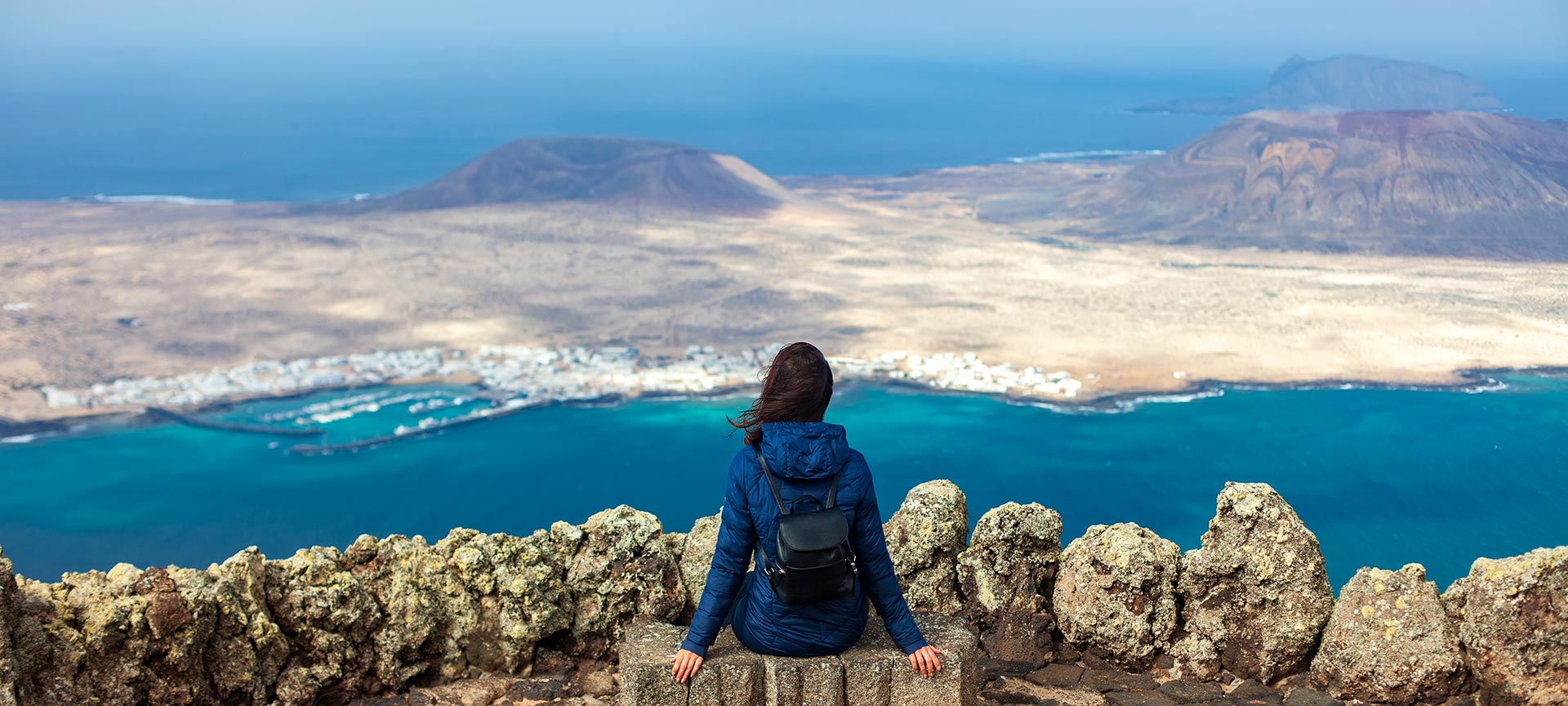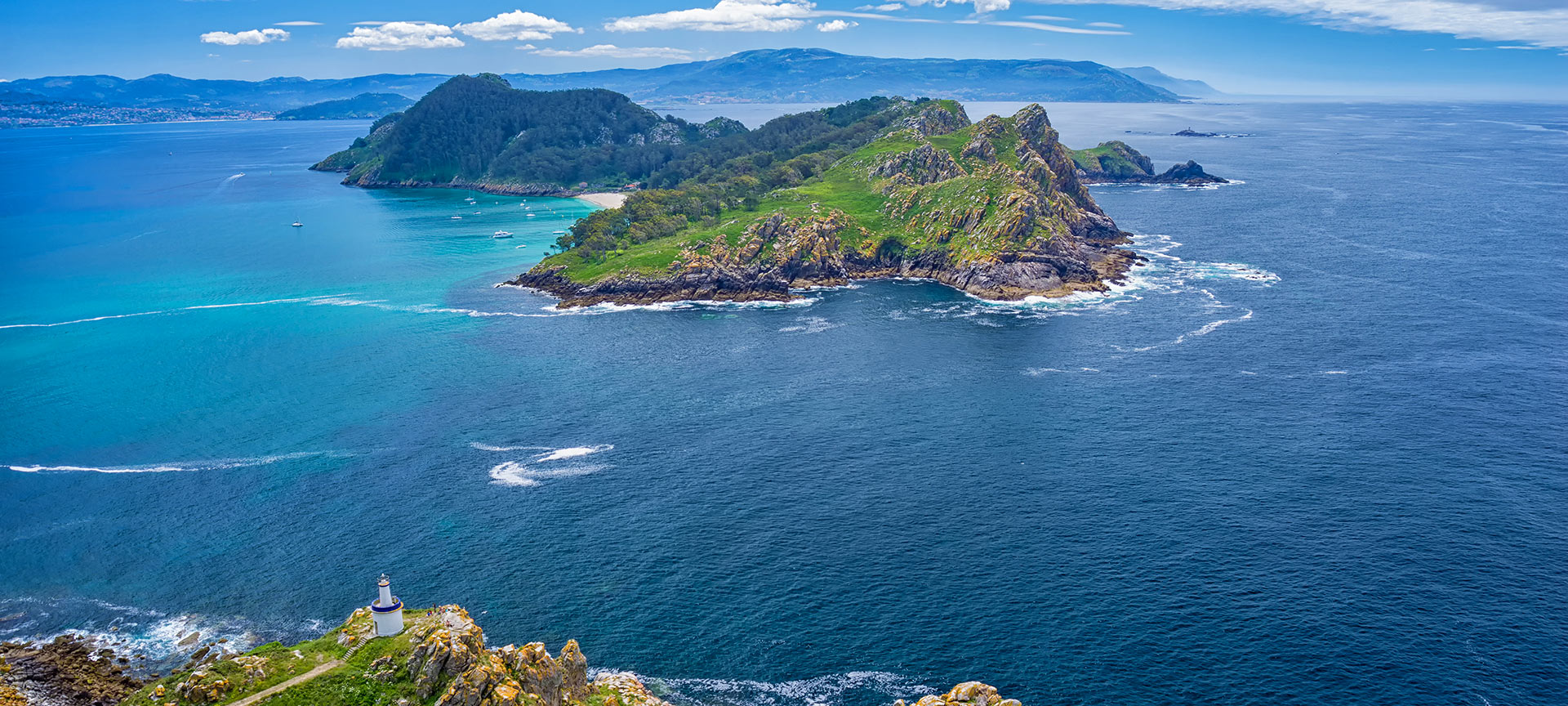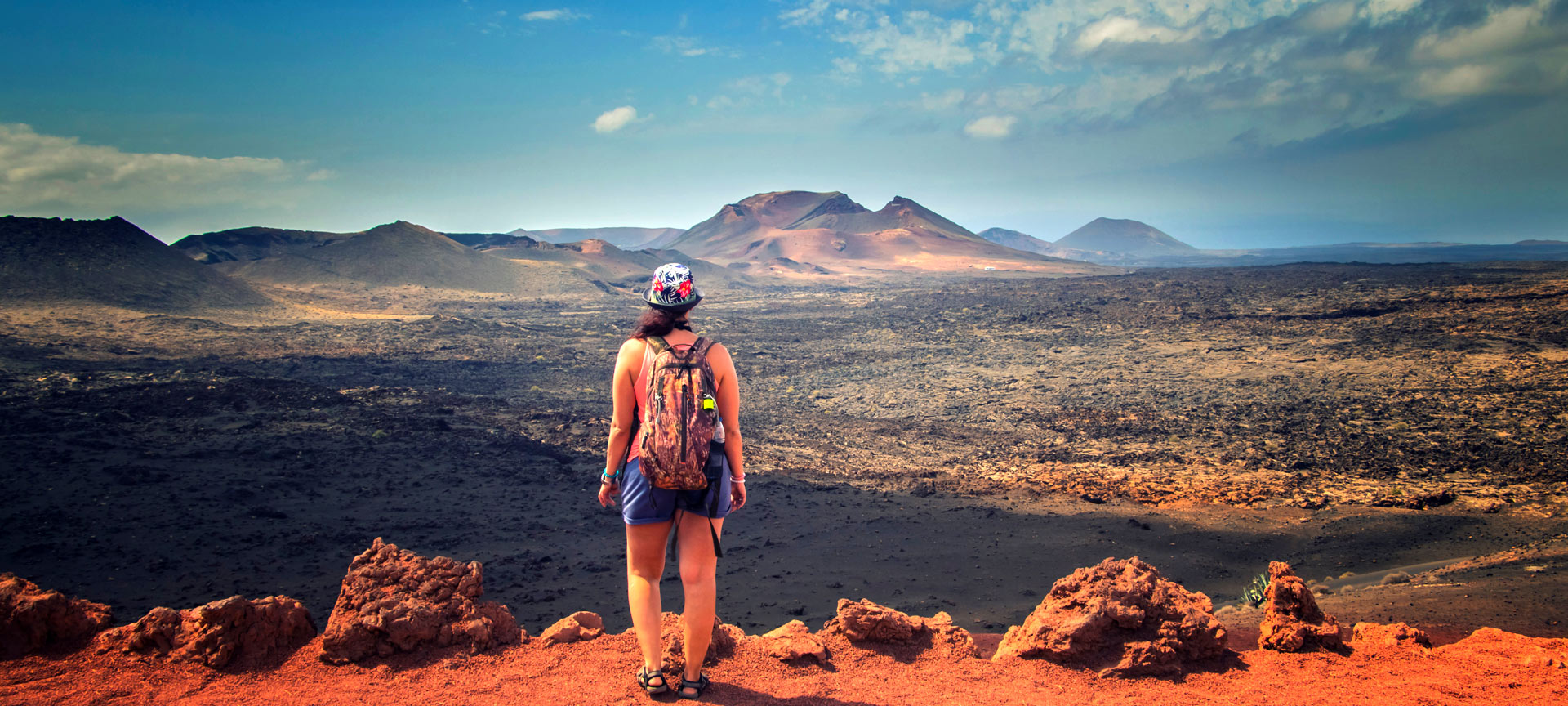A plan for all seasonsThere's always something to do in the Pyrenees. No matter the time of year you decide to come. If you come in winter you'll be able to enjoy winter sports like skiing, sledging and snow shoe hiking. Up to 15 stations, including Baqueira-Beret, Formigal-Panticosa and Molina/Masella have pistes for ages and abilities, in some of the most beautiful countryside in Spain.Spring and summer are perfect for hikers, who can traverse the many routes through the Pyrenees, including route GR 11, which covers almost 800 kilometres. Or visit one of its two National Parks: Aigüestortes i Estany de Sant Mauriciin Lleida, or Ordesa y Monte Perdido in Huesca, where you can see animals such as bearded vultures, grouse and chamois.Also, thanks to its high summits, it is the perfect place for rock climbing, mountaineering, and canyoning. Mountains like the famous Aneto, the Maladeta and the Pica d'Estats offer some of the best panoramic views of the whole mountain range. Water sports like rafting also deserve a mention, where the powerful rivers like the Cinca, the Segre and the Gállego offer fun-filled experiences down the white water.

